Metaphorical Construction of China High-speed Rail Images in News Report—Taking People's Daily and Its Overseas Edition as an Example
DOI: 10.23977/langl.2024.070809 | Downloads: 23 | Views: 835
Author(s)
Lei Mengjia 1
Affiliation(s)
1 Jiangxi Normal University, Nanchang, Jiangxi, China
Corresponding Author
Lei MengjiaABSTRACT
China's high-speed rail (HSR) is a prominent symbol of the country's technological prowess and innovative capabilities, playing a crucial role in promoting social and economic development as well as improving the quality of life for its people. This study focuses on 55 news articles related to China's HSR, selected from People's Daily and its overseas edition, to construct a small-scale corpus. Utilizing Conceptual Metaphor Theory, the research explores the conceptual metaphors frequently employed in these reports and examines how they contribute to constructing the image of China HSR. The findings reveal that the most commonly used metaphor is the journey metaphor, followed by organism metaphor and building metaphor, with respective frequencies of 43.43%, 35.76%, and 33.82%. The journey metaphor constructs an image of China's HSR as technologically advanced and driven by independent innovation, and organism metaphor presents it as a mature and powerful technological system and building metaphor collectively builds an image of a mutually beneficial, collaborative, and progressive China HSR.
KEYWORDS
Conceptual Metaphor Theory, Critical Metaphor Analysis, Image of China HSRCITE THIS PAPER
Lei Mengjia, Metaphorical Construction of China High-speed Rail Images in News Report—Taking People's Daily and Its Overseas Edition as an Example. Lecture Notes on Language and Literature (2024) Vol. 7: 64-69. DOI: http://dx.doi.org/10.23977/langl.2024.070809.
REFERENCES
[1] Aristotle, (1954) Rhetoric and Poetics. New York: Modern Library.
[2] Richards, I.A. (1936) The Philosophy of Rhetoric. London: Oxford University Press.
[3] Lakoff, G. & Johnson, M. (1980) Metaphor We Live By. Chicago: The University Chicago Press.
[4] Charteris-Black, J. (2004) Corpus Approaches to Critical Metaphor Analysis. Basingstoke, England: Palgrave Macmillan.
[5] Pragglejaz, G. (2007) MIP: a method for identifying metaphorically used words in discourse. Metaphor and Symbol. 22, (1): 1-39.
[6] Lakoff G. (1993) Metaphor and Thought: The Contemporary Theory of Metaphor. Cambridge: Cambridge University Press, 374-379.
[7] Modern Chinese Dictionary. (2016) Edited by the Dictionary Editorial Department of the Chinese Academy of Social Sciences. 7th edition. Beijing: The Commercial Press.
| Downloads: | 48794 |
|---|---|
| Visits: | 928061 |
Sponsors, Associates, and Links
-
Journal of Language Testing & Assessment
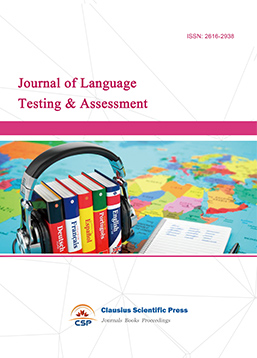
-
Information and Knowledge Management
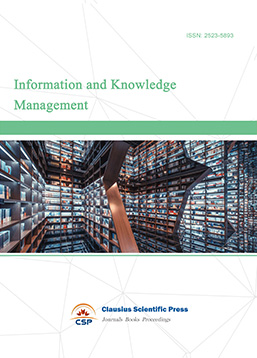
-
Military and Armament Science
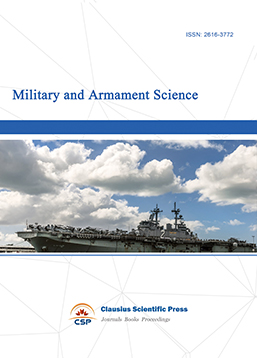
-
Media and Communication Research
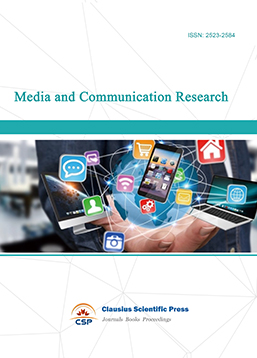
-
Journal of Human Movement Science
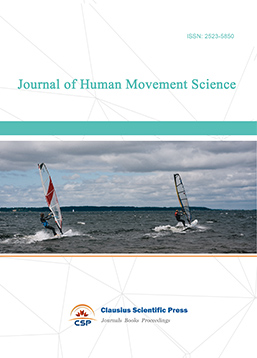
-
Art and Performance Letters
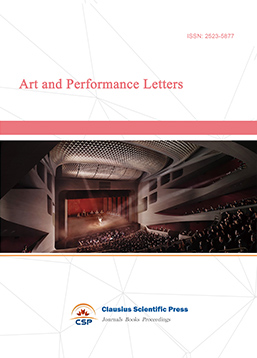
-
Lecture Notes on History
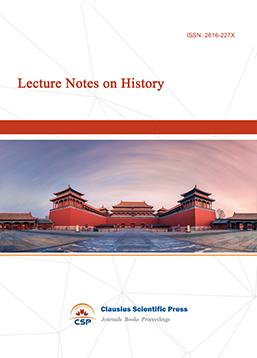
-
Philosophy Journal
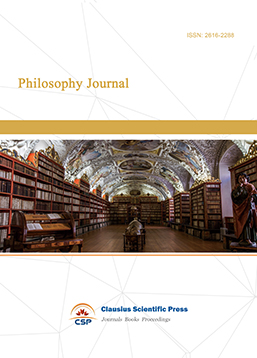
-
Science of Law Journal
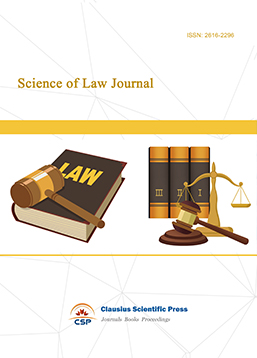
-
Journal of Political Science Research
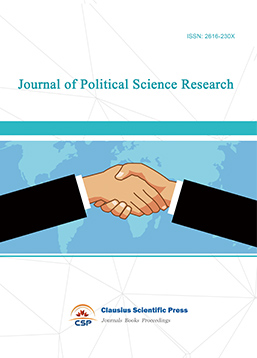
-
Journal of Sociology and Ethnology
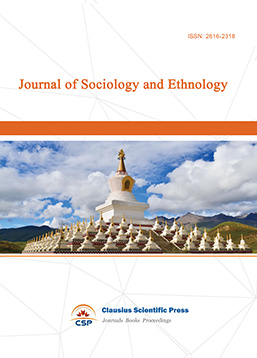
-
Advances in Broadcasting


 Download as PDF
Download as PDF